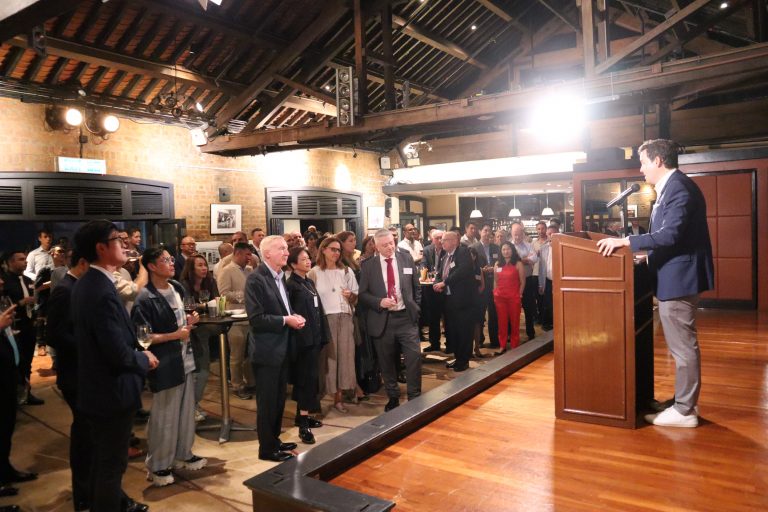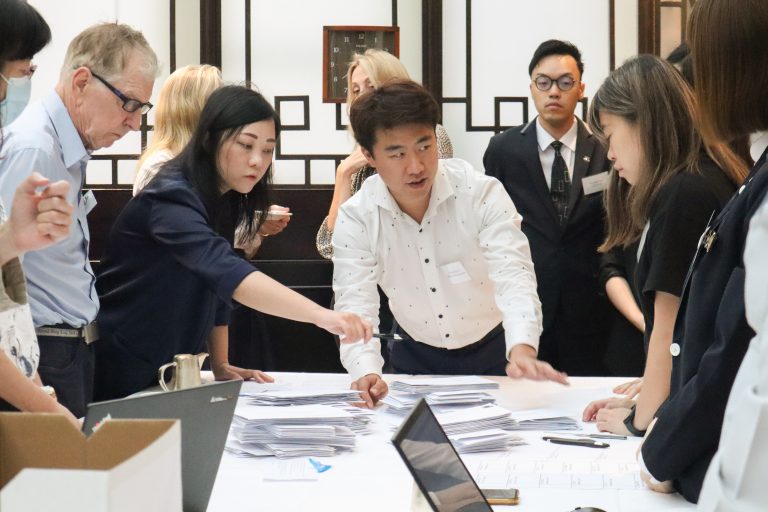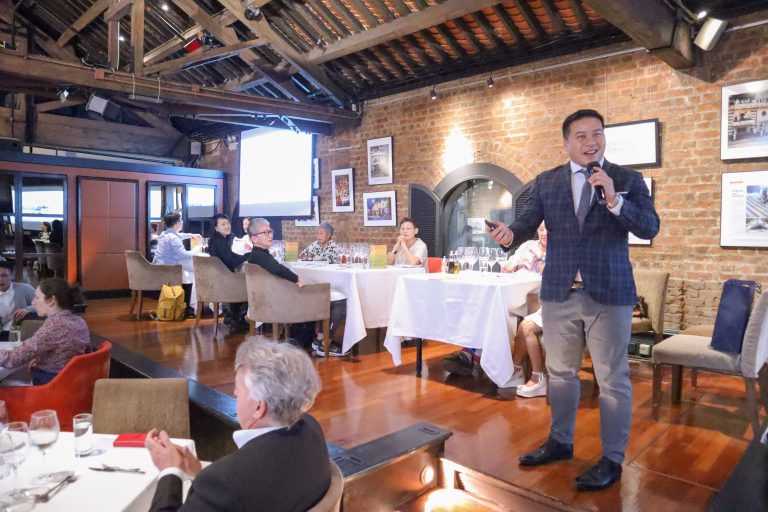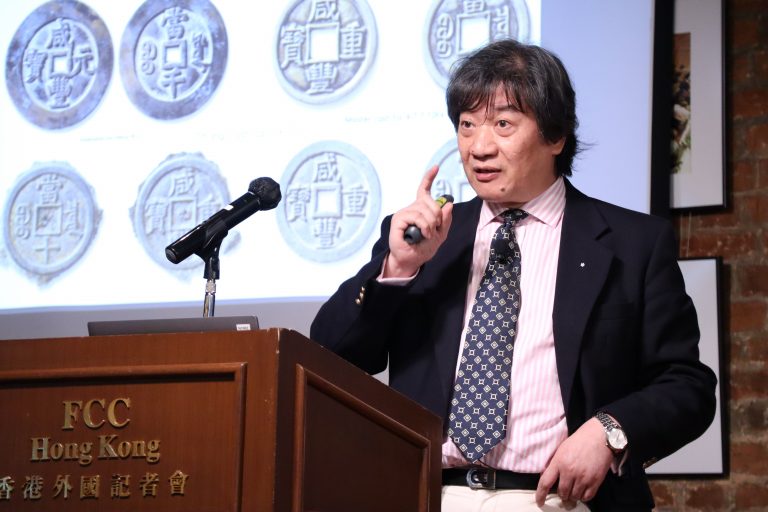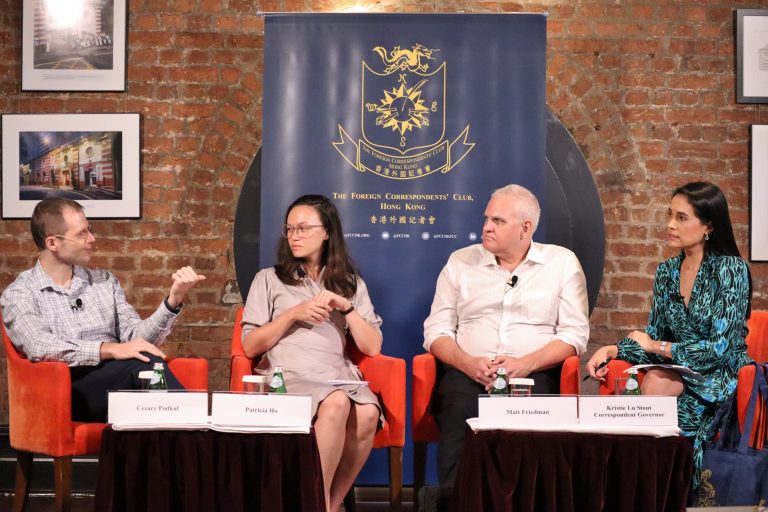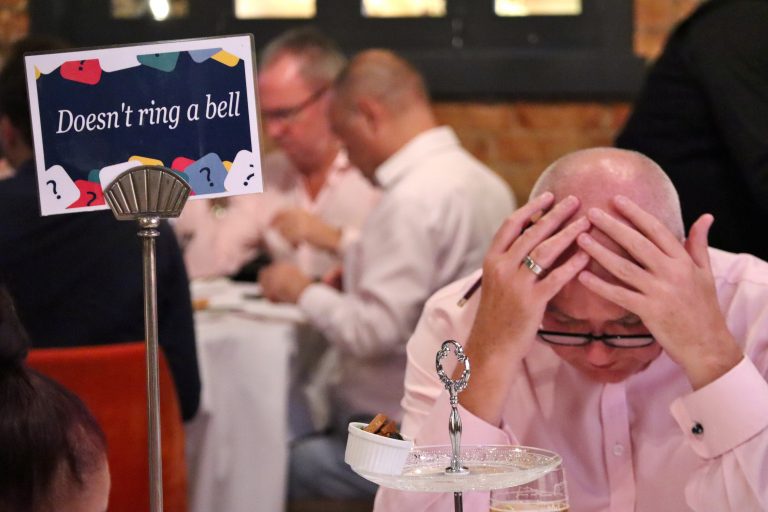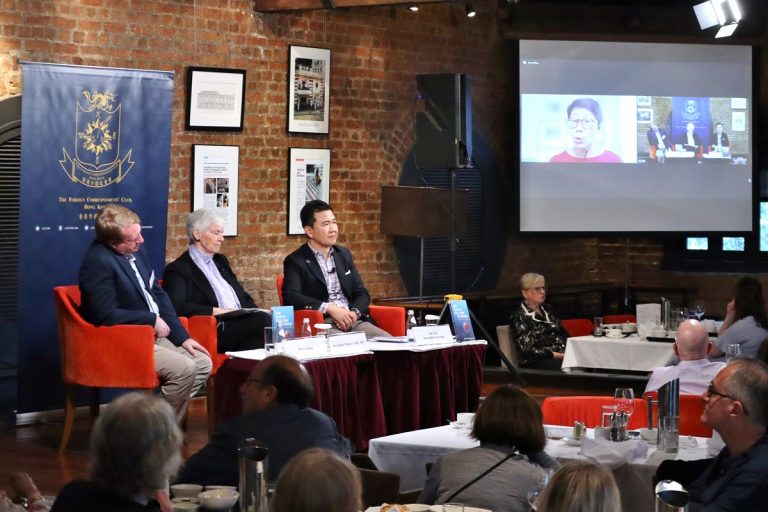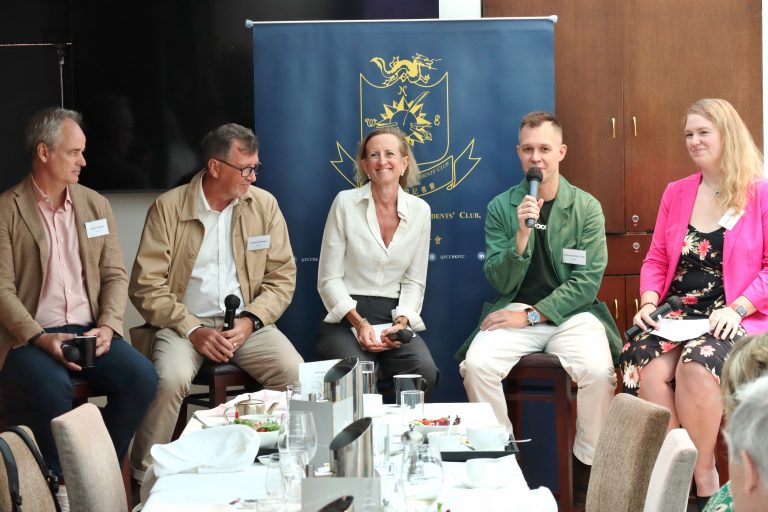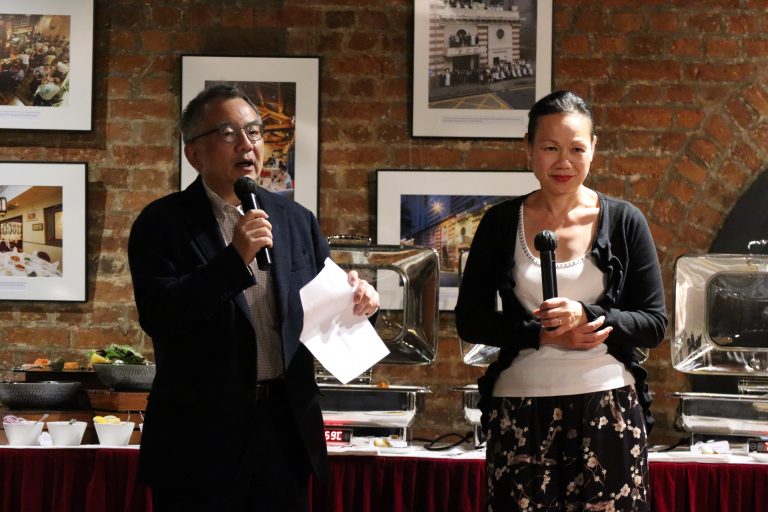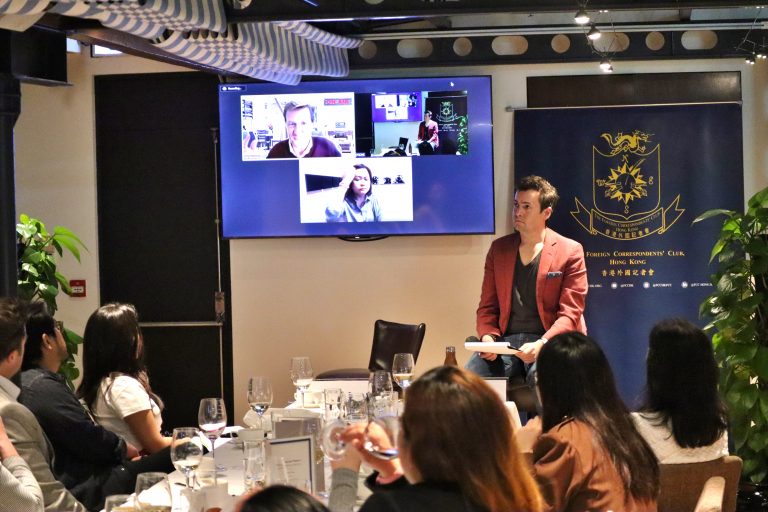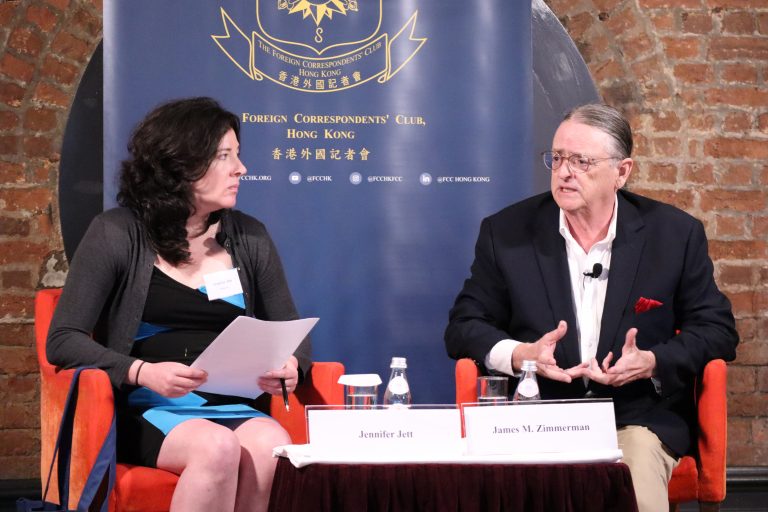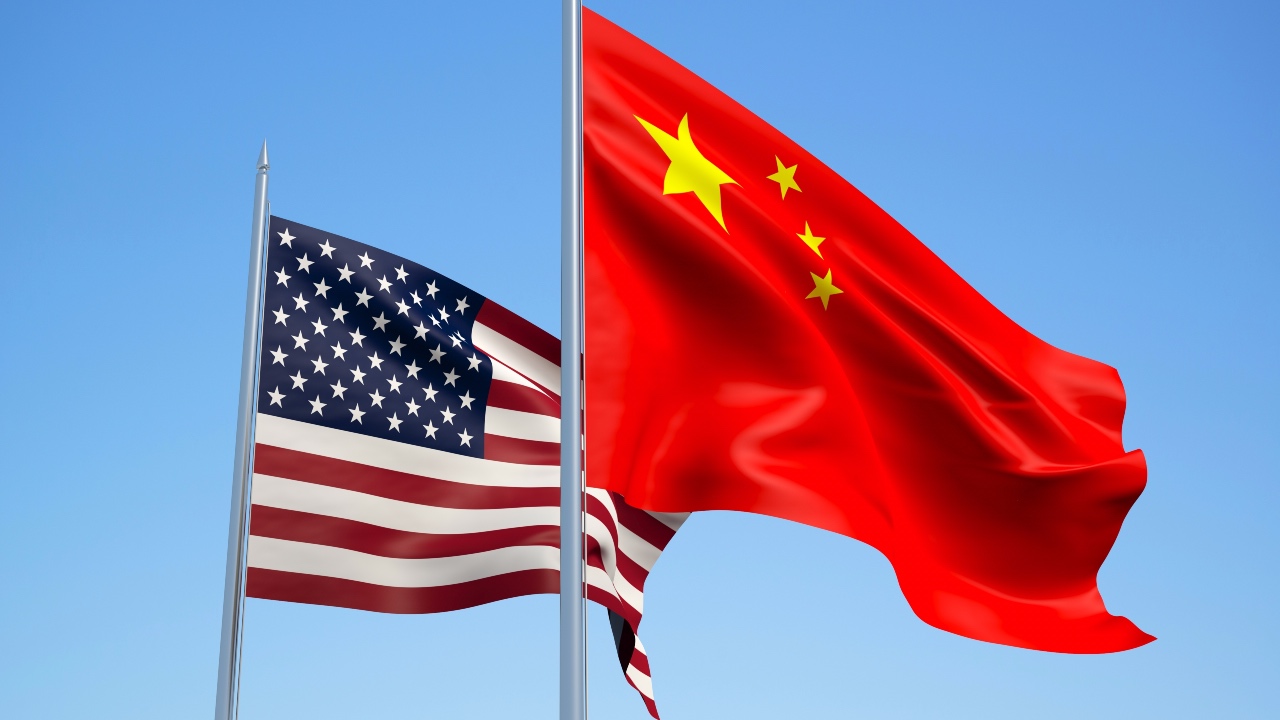
What Happens When the World’s Two Largest Economies Break Up?
In his new book, ‘The Epic Split – Why ‘Made in China’ is Going out of Style’, FCC Member Johan Nylander clearly and concisely unpacks one of the most pressing issues of the day. By Jonathan Sharp
 Of the many characterisations used to describe the global rivalry centred on the US-China feud, one of the more apocalyptic is in the new book by award-winning author and freelance Asia correspondent Johan Nylander. The first sentence in his introduction reads: “This book is about the greatest break-up the world has ever seen.”
Of the many characterisations used to describe the global rivalry centred on the US-China feud, one of the more apocalyptic is in the new book by award-winning author and freelance Asia correspondent Johan Nylander. The first sentence in his introduction reads: “This book is about the greatest break-up the world has ever seen.”
A touch over the top? Perhaps. But the Swedish author forcefully argues the claim in his self-published The Epic Split – Why ‘Made in China’ is Going out of Style.
It’s written in a punchy, mince-no-words approach that is typical of Nylander’s work and might seem a bit light-touch for such a heavy subject. However, this book is by no means lightweight in its content. It’s a slim volume that manages to cover all the bases of what is going pear-shaped in US-China relations and the repercussions for the rest of the world.
Nylander hastens to add that his book is not about the world going up in flames. It is, however, about a conflict dominating the global landscape for many years to come. As he puts it: “The fight has just begun.”
The question of whether the new cold war could turn hot is a valid one. “A tremendous degree of military tension has been building over the last few years,” Nylander writes, citing China’s acceptance of conflict on multiple fronts.
Nylander doesn’t take sides: “The case against China has been well-rehearsed. But is it fair to blame only one side for the conflict? Of course not.”
In bite-sized chapters, he charts the many facets of this “epic split”, starting with the rise of China and what he calls the bare-knuckled approach of President Xi Jinping, who “bows to no one”, towards the US.
Ever ready with the neatly turned phrase, Nylander notes that the “era for cheap and cheerful manufacturing in China is over. It’s no longer cheap, and it’s certainly not cheerful.”
Among the many topics he explores is the phenomenon of “one company, two systems” whereby foreign firms in China set up parallel structures outside the country to navigate a world split into two camps, China and non-China.
Nylander mocks those bending over backwards to avoid offending China for fear of Beijing’s ire. “It’s incredibly embarrassing to see how Western brands and politicians over and over again kowtow to China for the most minor perceived wrongdoings.”
The book is peppered with anecdotes and quotes from Nylander’s myriad sources, first- and second-hand. He is sufficiently well-connected to be able to sit down for an interview with Ren Zhengfei, founder of the telecom giant Huawei, which has become such a target for the US on the high-tech battleground.
Nylander refrains from making detailed predictions about how the global struggle will pan out – a wise choice, given the spotty record of China crystal ball-gazing. Remember those forecasts about the coming collapse of Chinese communism?
But he does suggest a scenario about countries and companies decoupling from China. “If the past 40 years were characterised by globalisation, the next 40 may well be about decoupling.”
Nylander recounts how he has personally been caught in the crossfire of East-West rivalry. Beijing’s embassy in Stockholm took exception to a piece he wrote about Chinese disinformation campaigns. When trying to distance itself from the Covid-19 pandemic, the country spread various conspiracy theories, including one claiming the virus was planted in Wuhan by the US military. “The Chinese embassy called me ‘unscientific’, which I found quite comical.”
Less amusing, he then writes, is the Chinese propaganda machine. It’s not to be underestimated. “When it comes to disinformation, Beijing has borrowed directly from the KGB cookbook.”


